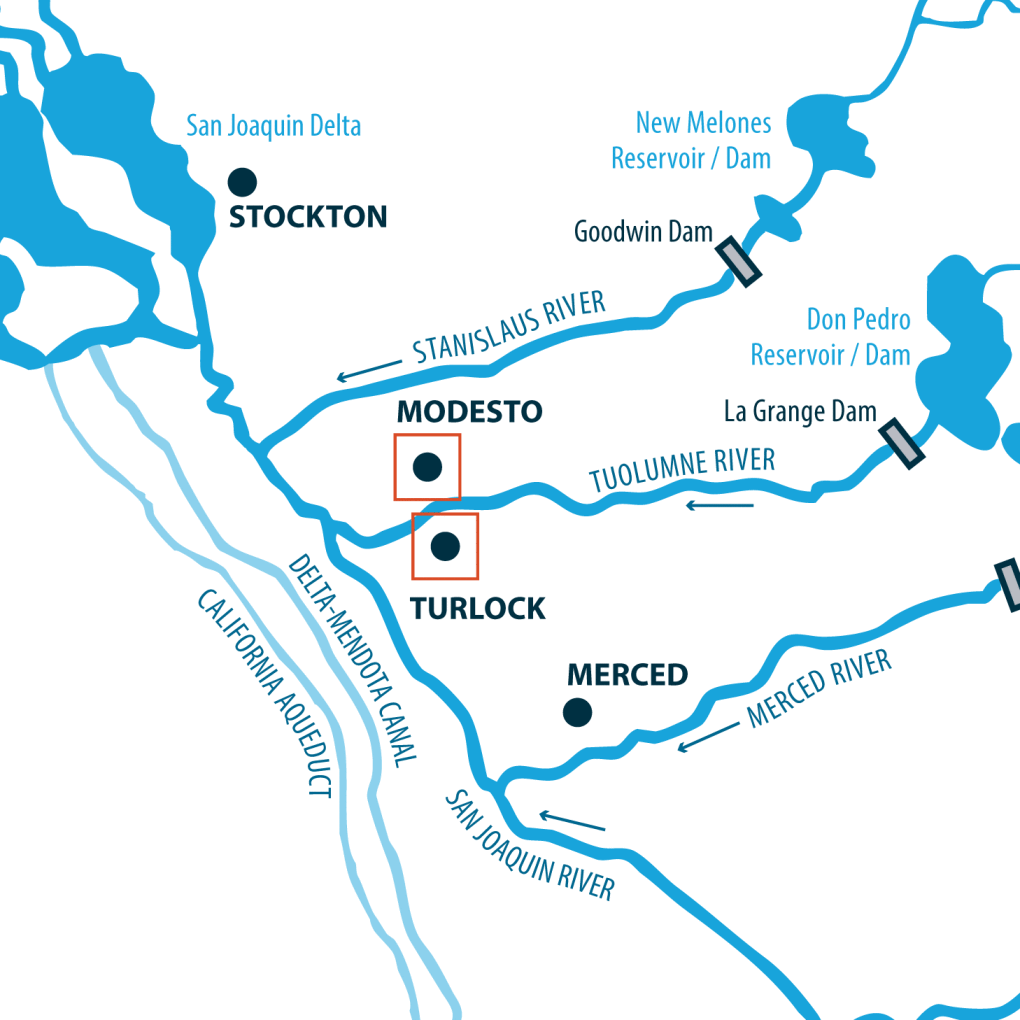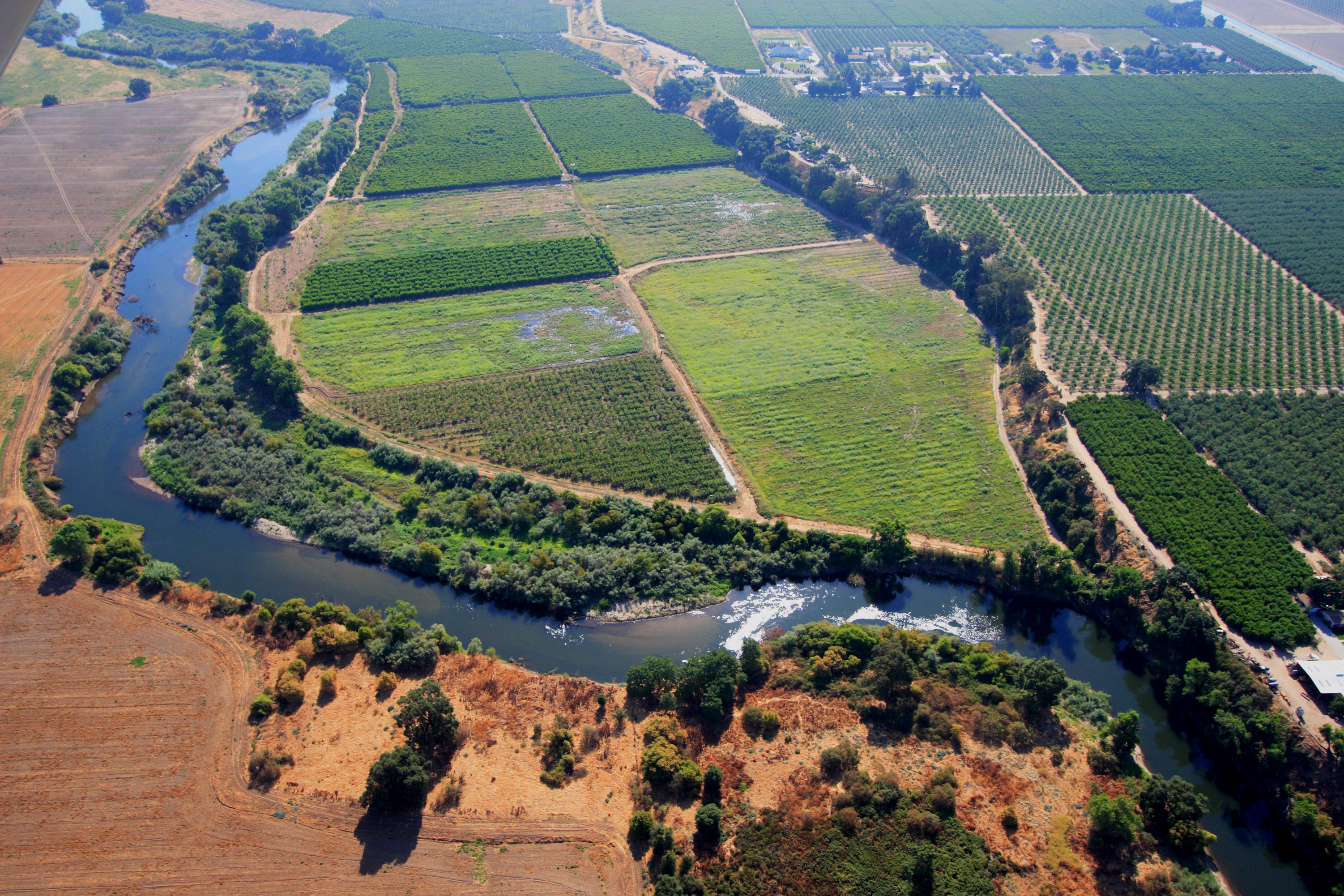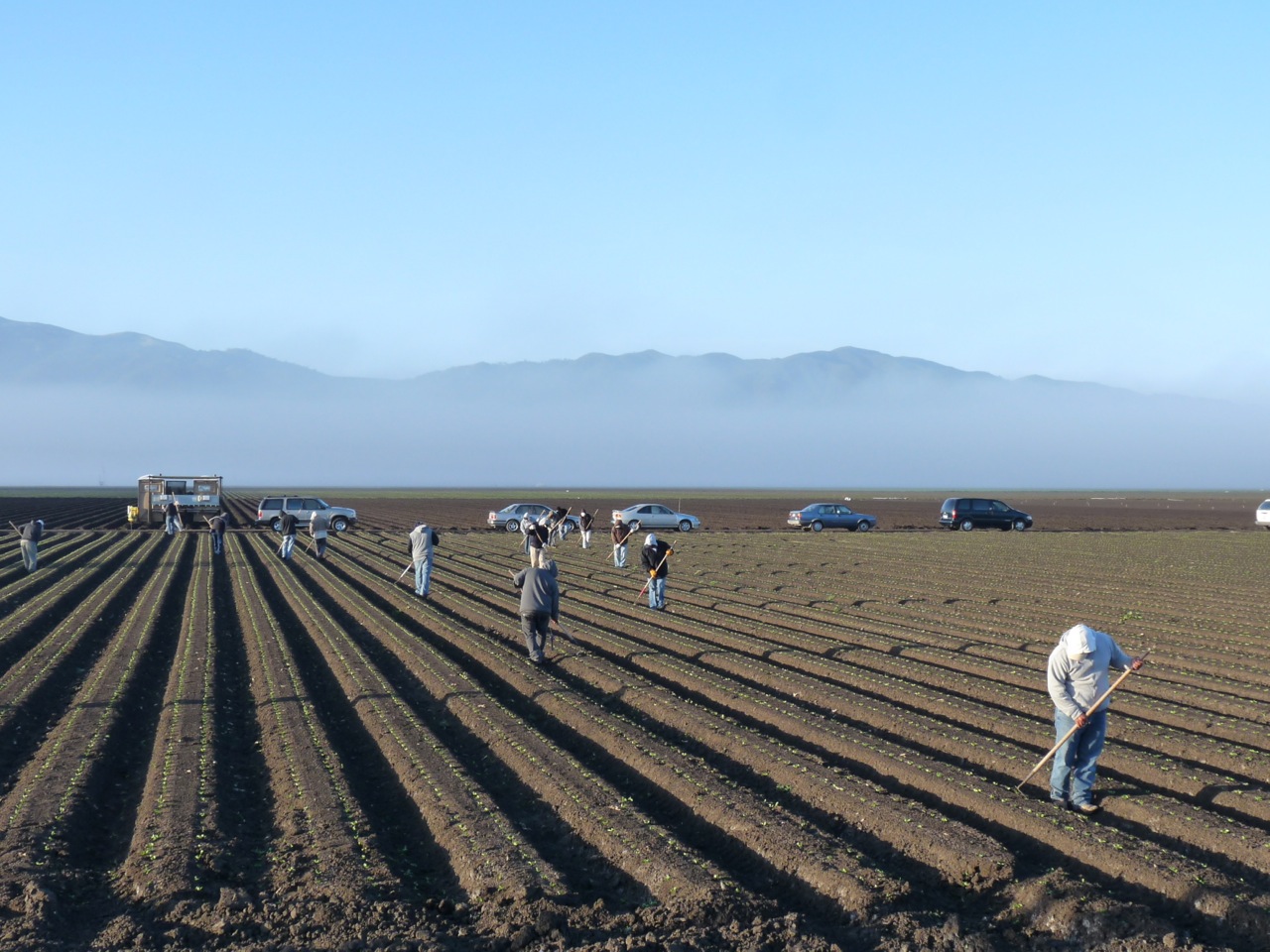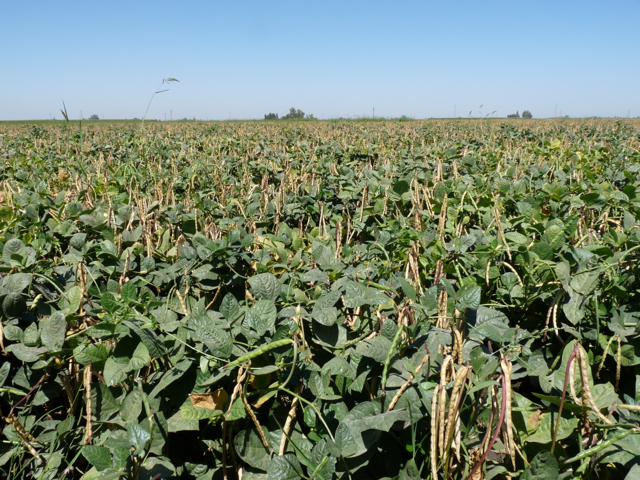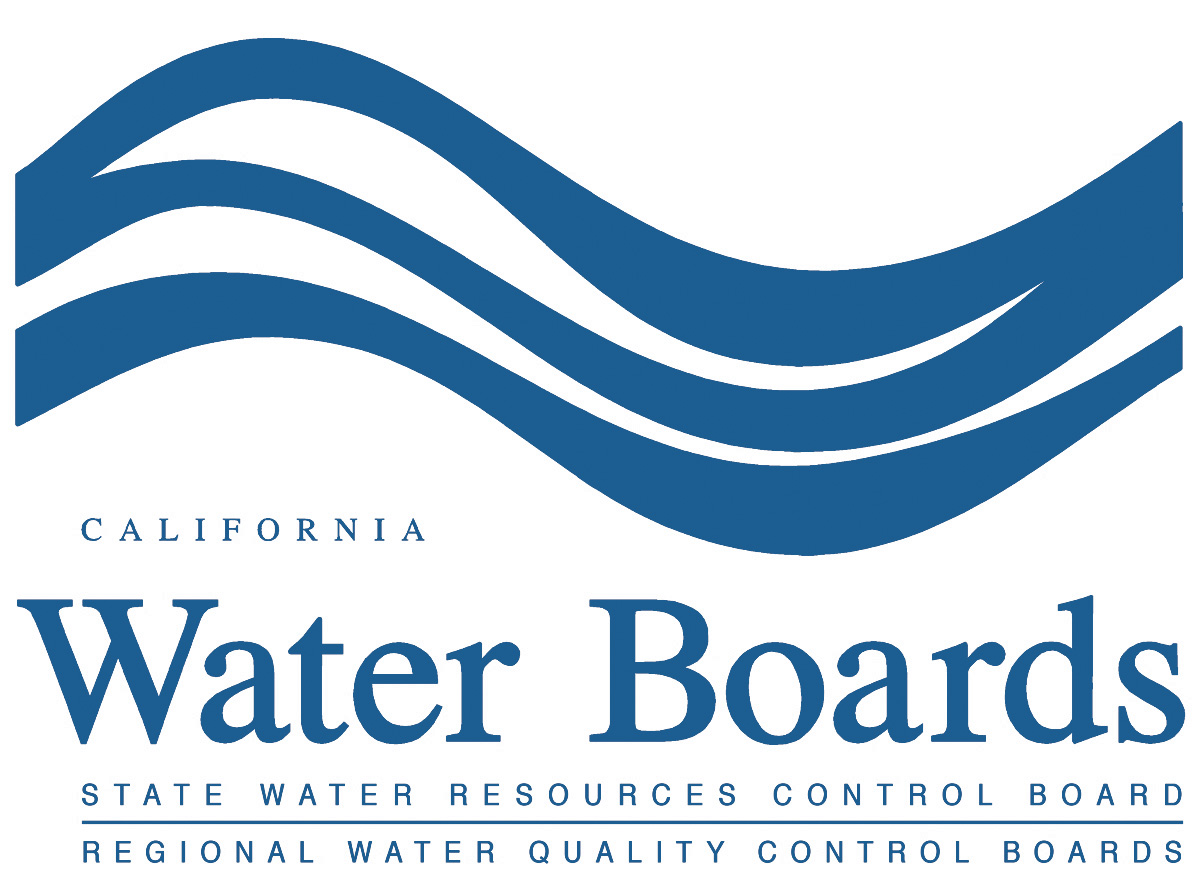California Farm Bureau Federation President Decries Water Diversion Plan
Science Shows Increased Water Flow Doesn’t Save Fish, Paul Wenger Says
By Patrick Cavanaugh, Farm News Director
California Ag Today is continuing our coverage of the State Water Resources Control Board’s plan to take 40 percent of the water from the Stanislaus, Tuolumne and Merced Rivers to feed into the San Joaquin River to increase flows for salmon. There is major pushback by affected farmers. We spoke with Paul Wenger, president of the California Farm Bureau Federation, at their 98th annual meeting in Monterey this week. He farms almonds and walnuts in that area, and he and his family would be seriously impacted; they would be forced into more groundwater pumping.
“It just seems the same old adage,” Wenger said. “If we put more water in the rivers, it’s going to be better for the fish. We know that it hasn’t worked with biological opinions. We know it hasn’t worked in the Sacramento, it hasn’t worked in the delta. We need to go after some of these other predatory species: the striped bass. They’re an introduced species.”
Wenger said there’s a lot of data saying that just won’t work. “The studies have been done, the science is out there. Just to say that we’re going to keep adding water to the problem [and] we’re going to get a different result is ridiculous. We have a finite resource of water today. We have growing needs for it for urban [and] foreign environmental flows, but also for farming and manufacturing.”
Wenger believes that the Water Board always makes rules quickly are not invested in the outcome.
“As I tell the folks, you come up with the ideas, but you’re not invested. You’re investing my future. You’re investing my resources, and other farmers’, but when we have these environmental groups say, ‘This is a solution.’ Why don’t you put your money up?”



